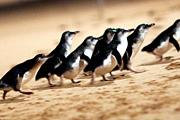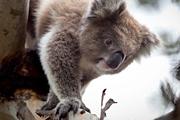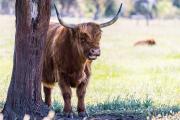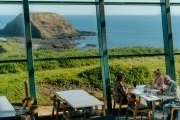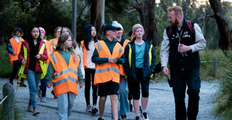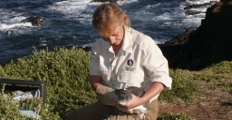Lights off as shearwater chicks take off after bumper breeding season
Lights off as shearwater chicks take off after bumper breeding season
Phillip Island Nature Parks has called for extra community support to help protect about 700,000 Short-tailed shearwater chicks preparing to embark on their first migration.
Phillip Island Nature Parks Deputy Research Manager Dr Duncan Sutherland said this breeding season had produced the second highest number of chicks on the island in the past decade.
“This year, there has been an 80% hatching success rate for the shearwater eggs, which is on par with most years,” Dr Sutherland said.
“But given the season started with the second highest number of eggs laid over the last 10 years, we have ended up with a good crop of chicks – equal second highest with two other years.”
Each year, shearwater chicks make their 16,000km first flight to Alaska in late April or early May. But bright man-made light sources can be a fatal attraction for the fledgling seabirds as they learn to fly for the first time. Many shearwaters are drawn to street lighting and land on roads, presenting a danger to themselves and motorists.
The annual campaign, Dark Sky so Shearwaters Fly, asks residents and businesses in the bird flight path to switch off their lights at night to minimise risks to the seabirds and to motorists.
In an effort to minimise casualties and fatalities of the chicks, Phillip Island Nature Parks has partnered with Bass Coast Shire Council, Regional Roads Victoria, AusNet Services, Bunurong Land Council Aboriginal Corporation, the Victorian Ornithological Research Group
and the local community as part of the Shearwater Rescue Program.
So far, 30 businesses have signed up to switch off their lights during migration season.
“A successful breeding season means more birds will attempt the annual migration, so we are calling on locals to help eliminate unnatural light sources and take extra care on the roads during departure times,” Dr Sutherland said. “This will give the young shearwater chicks the best chance of a safe departure this year.
"When these birds land on roads, they run a very real risk of being hit by cars, and they can also cause danger to motorists as well."
Short-tailed shearwaters migrate to Phillip Island to raise their chicks every year. In early April, the adult seabirds start the journey back to the Northern Hemisphere, leaving behind their chicks to grow ‘adult’ feathers and begin their independent migration weeks later.
As they learn to fly, the shearwater chicks can become disorientated and attracted to lights at night. This has been a particular issue with shearwaters flocking to the San Remo bridge lights, so AusNet Services will switch off the lights for up to 10 nights during the peak
departure period. In addition, Nature Parks has already installed cutting edge technology and environmentally sensitive WE-EF Lighting illumination for the Penguin Parade Visitor Centre carpark to help protect both little penguins and shearwater birds.
“We have seen some positive results after adopting the wildlife sensitive lighting with very few shearwaters landing around the Penguin Parade carpark, which is incredible given we are in the middle of a substantial shearwater colony,” Dr Sutherland said.
“We are hoping that local businesses see the benefits of this wildlife sensitive lighting technology and explore their options to see if it may be appropriate for their local premises too.
“Thousands of birds have been saved since the Shearwater Rescue Program was implemented in 1999 and this could not have been achieved without the ongoing support of our local community. We are incredibly grateful and realise the great impact this has had on
the survival of the species.”





